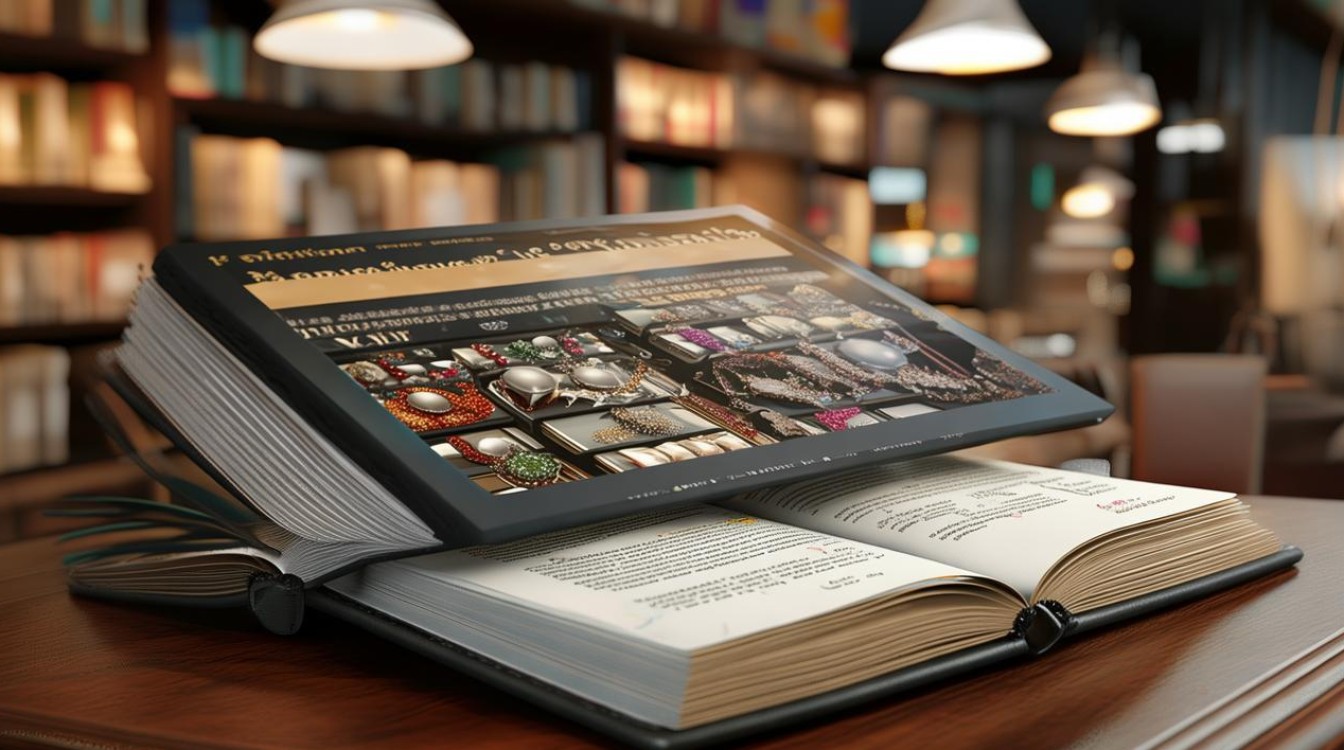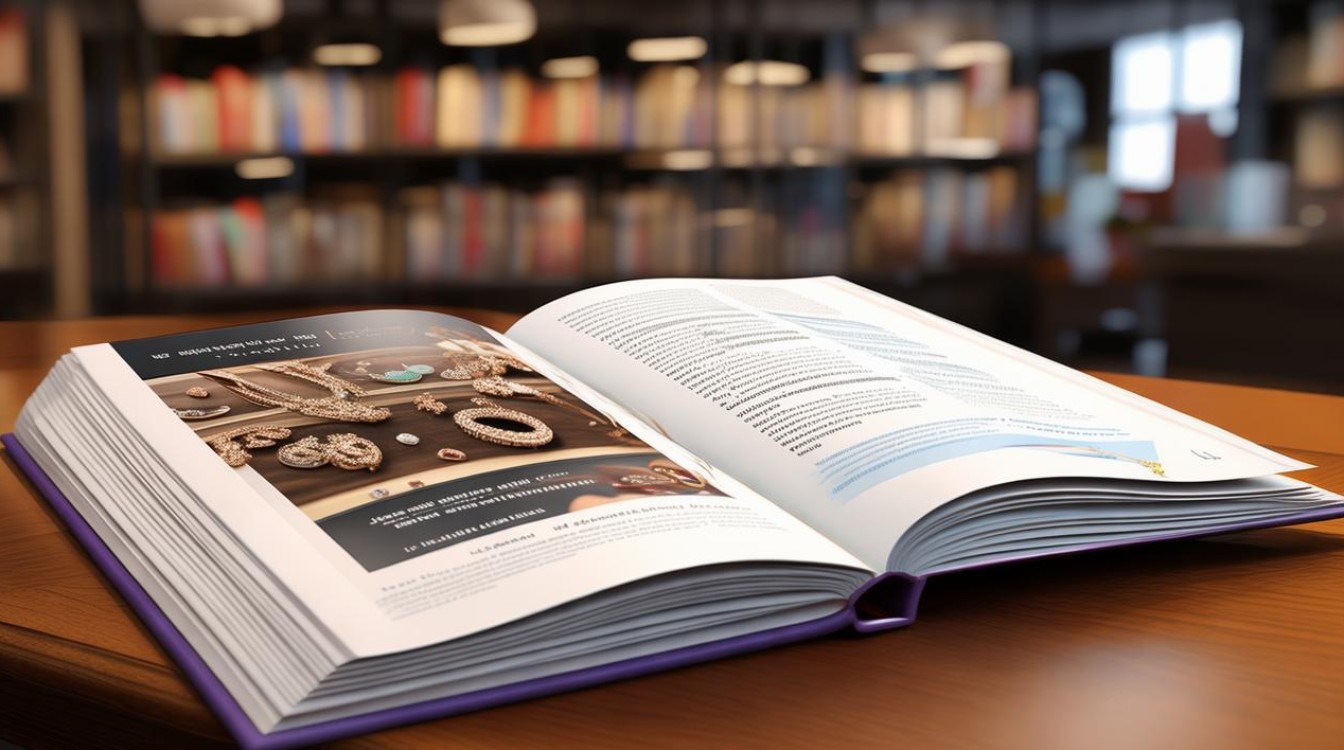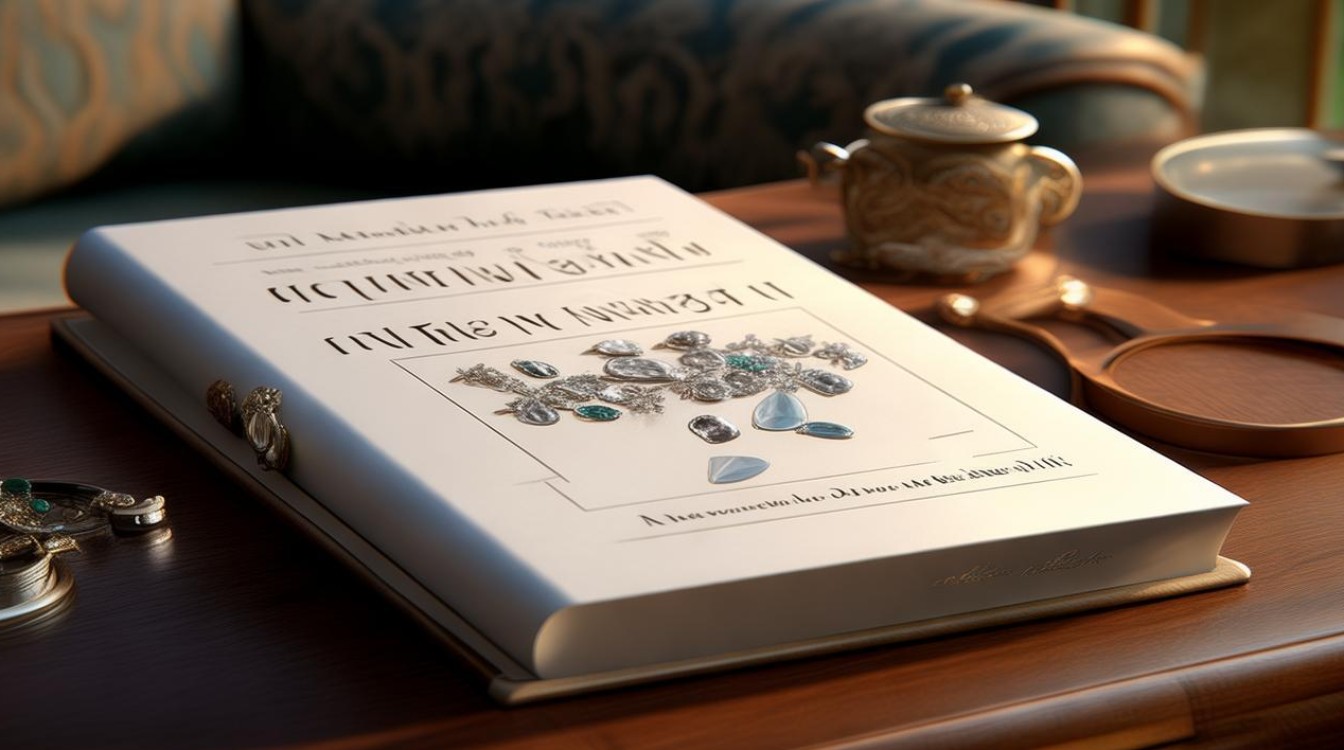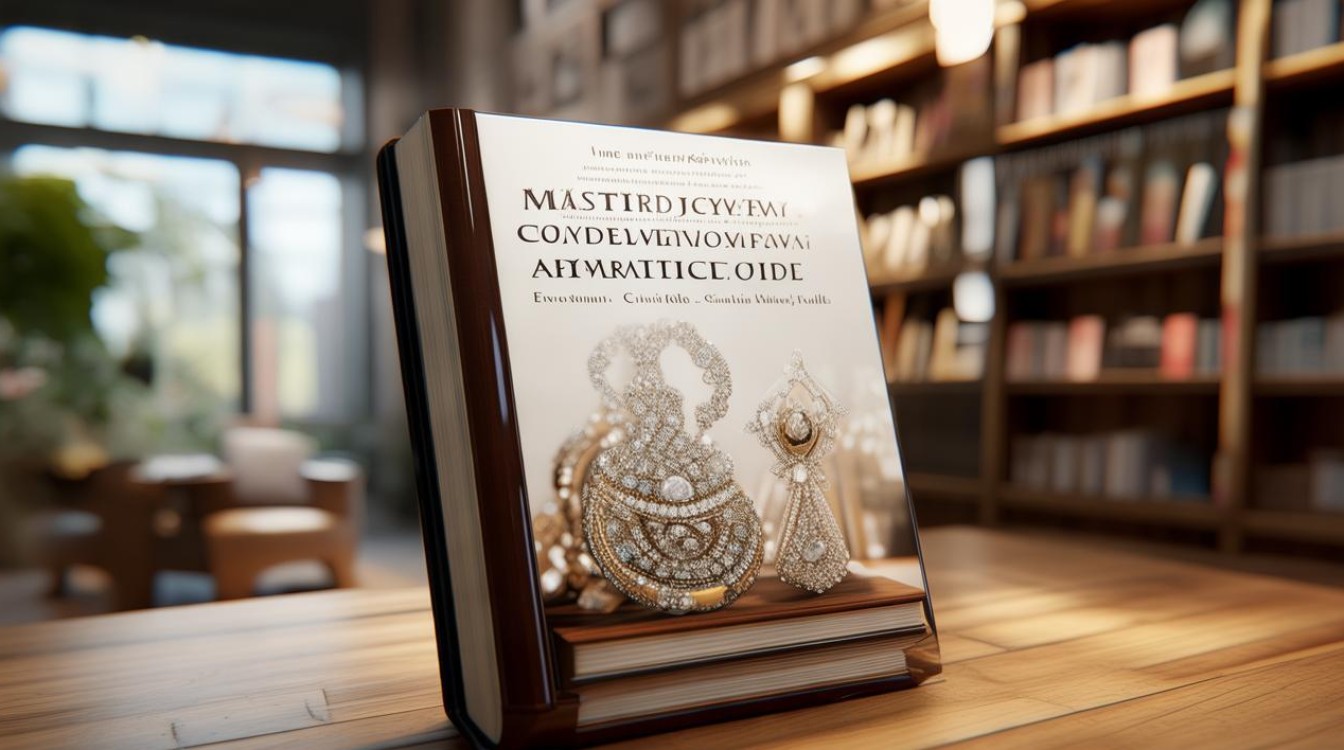Engaging in conversations about jewelry requires more than just vocabulary—it’s about blending cultural awareness, industry knowledge, and language fluency. Whether you’re a sales professional, collector, or enthusiast, these dialogue techniques will help you navigate discussions confidently.

Starting the Conversation Naturally
Open-ended questions create engaging exchanges. Instead of asking, "Do you like jewelry?" try:
- "What draws you to jewelry—design, history, or craftsmanship?"
- "How would you describe your personal jewelry style?"
For sales settings, focus on the customer’s perspective:
- "Are you looking for something classic or a statement piece today?"
- "Let’s explore options based on your preference—do you lean toward gemstones or metals?"
Vocabulary for Precision
Materials & Craftsmanship
- Use specific terms: "This pendant features a 14K gold vermeil finish over sterling silver" instead of "It’s gold-plated."
- Describe gemstones accurately: "The sapphire has excellent clarity with minimal inclusions" rather than "It’s a blue stone."
Styles & Periods

- "This Art Deco ring showcases geometric symmetry, typical of the 1920s."
- "The organic swirls reflect Victorian-era mourning jewelry."
Handling Objections & Negotiations
When a customer hesitates:
- Price concerns: "I understand the investment. This diamond’s GIA certification ensures long-term value—may I explain the grading?"
- Style doubts: "Customization is an option. Would you prefer a thinner band or a different setting?"
For collectors debating authenticity:
- "The hallmarks here indicate it’s a Tiffany & Co. piece from the 1960s. Let’s compare the engraving style."
Cultural Nuances in Jewelry Dialogues
Certain symbols carry deep meaning:
- In India: "Mangalsutra beads symbolize marital commitment—would you like to see contemporary interpretations?"
- In Western markets: "Eternity bands represent unbroken love, often chosen for anniversaries."
Avoid assumptions. Ask: "Is this piece for a special occasion, or part of your everyday collection?"

Discussing Trends & Sustainability
Modern buyers value ethical sourcing. Prepare phrases like:
- "Our lab-grown diamonds have identical properties to mined stones, with a lower environmental impact."
- "Recycled gold reduces mining demand—would you like details on the process?"
For trend-focused clients:
- "Stackable rings are popular for their versatility. Here’s how to mix metals tastefully."
Role-Play Scenarios
Scenario 1: Boutique Consultation
Customer: "I need a gift for my wife, but she’s picky."
You: "Tell me about her current jewelry—does she wear bold colors or minimalist designs?"
Scenario 2: Auction Inquiry
Collector: "How do I know this Art Nouveau brooch is genuine?"
You: "The patina matches the era, and the maker’s mark aligns with documented designs. Here’s the provenance report."

Practicing Fluency
- Listen to jewelry podcasts ("The Gemstone Show") to absorb industry jargon.
- Watch auction house videos (Sotheby’s, Christie’s) to hear expert descriptions.
- Use flashcards for terms like "cabochon," "filigree," or "trillion cut."
Confidence grows when language aligns with expertise. Whether explaining a heirloom’s value or guiding a first-time buyer, clarity and authenticity make every interaction meaningful.
Jewelry conversations are a blend of art and science—master the words, and you’ll unlock deeper connections with every piece discussed.




